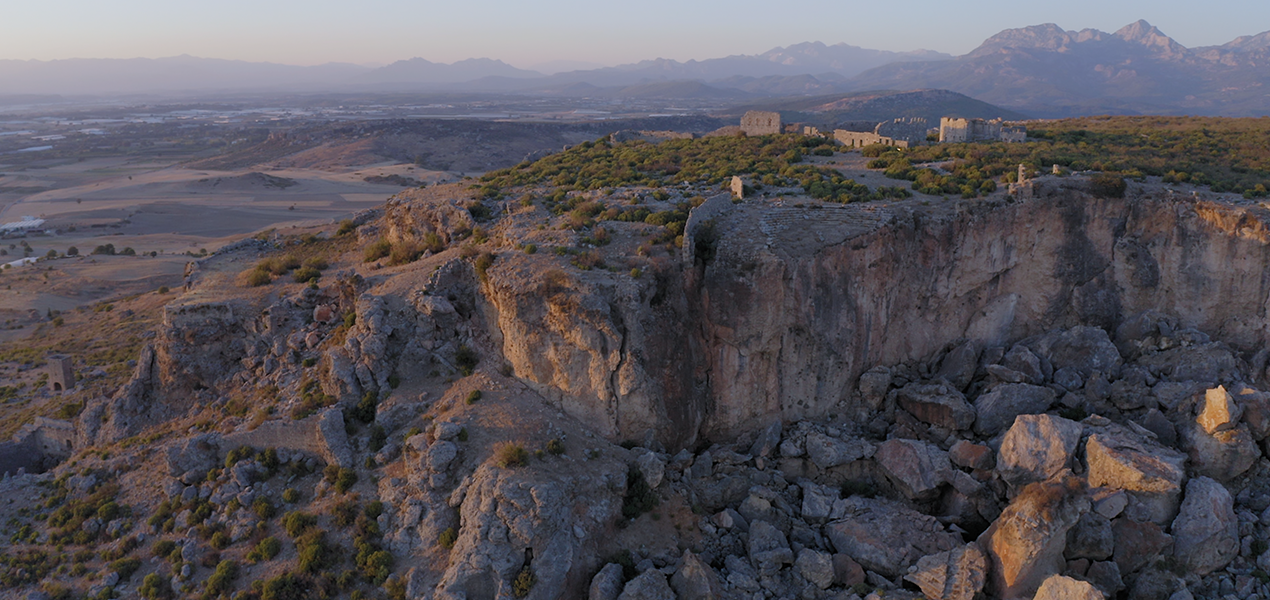Ancient City Of Sillyon
The Ancient City of Sillyon is a magnificent city with diverse historical ruins that has witnessed the settlement of various civilizations from ancient times to the Ottoman Empire and even the early years of the Republic.
Located in the Serik district of Antalya, between Perge and Aspendos, the city is built on a hill.
The Ancient City of Sillyon was a wealthy city that minted its own currency and embodied cultures from various civilizations. From the Hellenistic period to the Seljuks, the city offers a unique opportunity to see artifacts from different historical periods. When viewed from a distance, the city appears as a complete fortress. Built on a rocky hill in the middle of the plain and surrounded by walls, the city’s location made it difficult to access. In fact, it is said to be one of the cities that Alexander the Great could not conquer in Anatolia.
The city’s relics shed light on civilizations
Sillyon's founding story dates back to the Trojan War. The 3rd century BC marked a prosperous period for Sillyon, during which they began minting their own coins, highlighting the city's privilege. Sillyon, along with the entire region of Pamphylia, first came under the rule of the Kingdom of Pergamon and later fell under Roman domination. During its prosperous period, trade flourished in the city leading to its enrichment.
The city is located on top of a hill which is called the "Acropolis". The main settlement of the city is in the lower part of the hill. It is surrounded by walls that showcase its defensive capabilities, with separate walls enclosing the lower city and the Acropolis. The “Masjid ” in the city is one of the most important Turkish-Islamic works built during the Seljuk period. There are two “Necropolises” (open tombs carved into the rock) in the city. It is remarkable that there is still a flowing fountain in Sillyon which is believed to date back to the Seljuk period. The city also has a theatre built during the Hellenistic period with an estimated capacity of around 8,000 spectators, but only its upper parts remain today.



